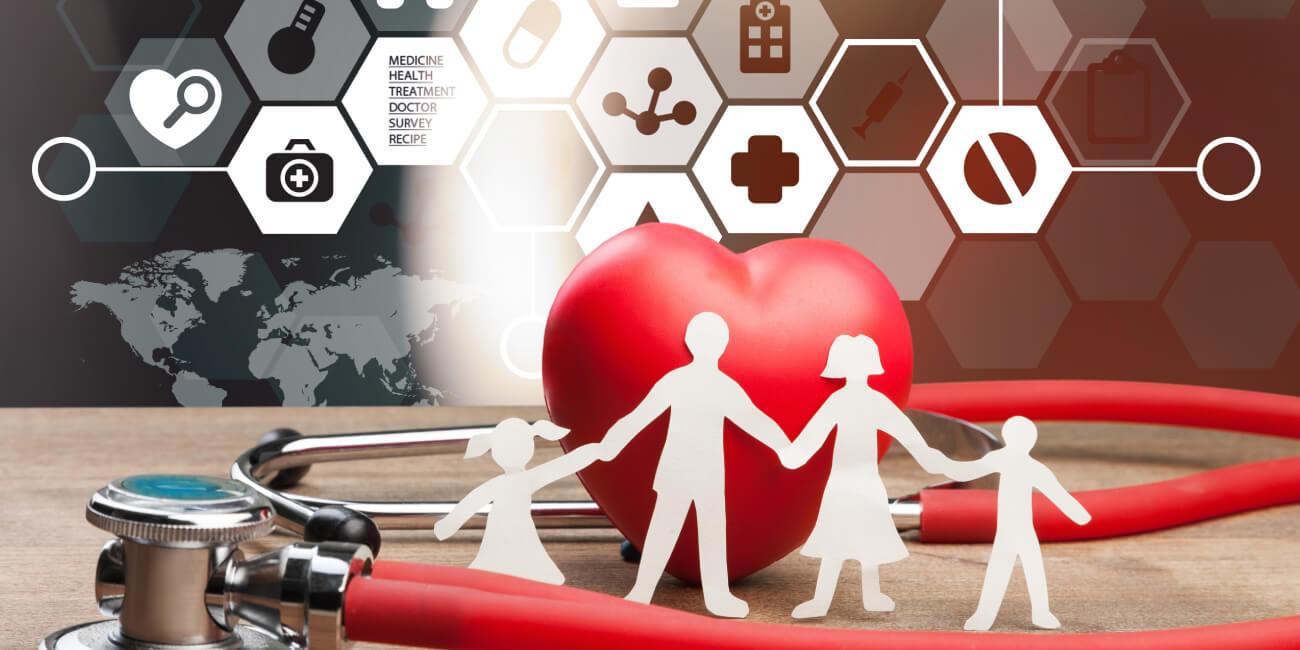Scrotal swelling is an enlargement of the scrotum. The scrotum is a skin bag that contains the testicles. Scrotal swelling can occasionally affect the entire scrotum. At other instances, large lumps on one or both sides of the scrotum may develop.
Scrotal swelling might be completely harmless or quite painful. While it can be frightening, the majority of causes are benign and highly curable. In extremely rare instances, scrotal enlargement may be a sign of malignancy. It is therefore critical to find doctor when there is swelling. It is frequently caused by a variety of different health problems, including:
1. Hydroceles
This occurs when fluid accumulates around the testicle and is frequently asymptomatic. Excess fluid results in considerable scrotal enlargement and discomfort, which is described as a “heavy pulling sensation.” Although hydroceles are significantly more prevalent in neonatal males, they can also occur in adult men.
A hydrocele is defined by a painless, spherical, enlarged testicle that can occur on one or both sides. A hydrocele can be diagnosed by shining a strong light into your scrotum and observing whether any light passes through. If it is a hydrocele, light will pass through; but, if it is a solid lump, such as cancer, light will not pass through.
2. Orchitis
This is an infection of the testicle and occasionally of the epididymis (epididymo-orchitis). Orchitis is a condition in which one or both testicles become inflamed or enlarged. Orchitis is caused by a variety of bacteria and viruses, including the mumps and sexually transmitted infections such as gonorrhea and chlamydia. Orchitis risk factors include being above the age of 45, having several sexual partners, not having received your mumps immunization, recurring urinary tract infections, and long-term catheter use.
You may have one or more of the following symptoms:
- blood in the semen
- Fever,
- groin pain,
- testicle pain
- painful intercourse or ejaculation,
- painful urination,
- penis discharge,
- scrotal swelling,
- testicular swelling, and
- a painful, swelling groin area on the affected side.
If the pain begins to intensify rapidly, you should see a doctor or go to the emergency department.
3. Spermatoceles & Epididymal Cysts
This occurs when fluid accumulates in the epididymis (the tube behind the back of the testicle that stores sperm). The most significant distinction between the two is that a spermatocele contains sperm, whereas an epididymal cyst does not. Epididymal cysts frequently develop in elderly men following vasectomy, however they can also develop spontaneously.
The majority of men are unaware they have a spermatocele or epididymal cyst, as they frequently go unreported or are painless. If an epididymal cyst becomes large or painful, it can be surgically removed through a tiny scrotal incision in a quick outpatient surgery.

4. Testicular Torsion
This significant medical problem almost often requires surgery. It begins when the testicle twists the spermatic cord (which supplies blood to the scrotum) and isolates the testicles and scrotal tissue from the blood supply. Torsion of the testicles can occur at any stage of a man’s life, but is most prevalent in young boys between the ages of 12 and 18.
The following are the most prevalent symptoms of this condition:
- a red scrotum in the area of the testicle that has been twisted,
- a testicle lump,
- blood in the semen,
- nausea or vomiting,
- sudden, severe pain in one testicle,
- swelling on one side of the scrotum,
- The testicle is dragged upward in the scrotum.
If you have any sudden and severe testicular discomfort or swelling, get immediate medical attention.
5. Testicular Cancer
Testicular cancer can strike a guy at any point in his life. However, it is more prevalent in men aged 25 to 35 and 55 to 65. There are numerous varieties of testicular tumors, however their aggressiveness is largely determined by the type and stage of the tumor.
Testicular cancer presents as a hard but asymptomatic irregular tumor in the testicle. Make an appointment with your doctor immediately if you fear you have a testicular tumor.
Men diagnosed with testicular cancer must have their testicle removed and undergo further testing to see whether the cancer has spread. Additional operations or chemotherapy may be required if the cancer has spread to other places of the body.





